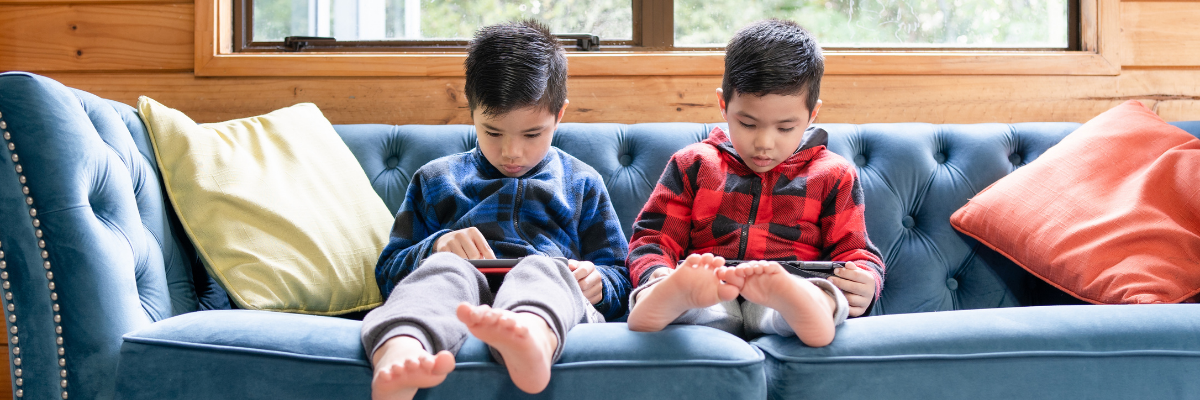Understanding Theratogs for Children: Enhancing Posture, Alignment, and Movement
When it comes to supporting children with neurological or muscular impairments, therapy tools that offer targeted and effective assistance are essential. One such tool is Theratogs, a therapeutic garment designed to help children improve posture, balance, stability, and muscle activation. This blog explores how Theratogs works, the benefits it provides, and how it can be part of a child’s comprehensive treatment plan.
What Are Theratogs?
Theratogs are specialized garments combined with straps that provide targeted postural support. These garments are designed to encourage proper alignment and stability during movement. The adjustable design ensures that Theratogs can be customized to fit the unique needs of each child, making it a versatile solution for various musculoskeletal and postural issues.
The core purpose of Theratogs is to support the body in a way a therapist’s hands would facilitate movement during a treatment session in a wearable garment that can help the child in various activities and environments. This is particularly beneficial for children who face motor skills, coordination, or physical stability challenges. Whether used for children with cerebral palsy, developmental coordination disorder, or other neurological or muscular impairments, Theratogs can significantly impact a child’s physical development and movement patterns.
How Theratogs Help Children
- Improved Posture and Alignment
Theratogs enhance posture by supporting the body in a more aligned position. This is essential for children struggling with postural control or alignment due to various conditions. By maintaining proper alignment, children can experience greater movement control and improve their ability to engage in daily activities. - Promoting Balance and Stability
Balance is a crucial skill for ensuring safety for all children, especially those with movement disorders or muscular weakness. Theratogs assist with balance by providing compression and stability across joints in proper alignment. The garment encourages targeted muscle activation and correct body mechanics, which can improve coordination and balance reactions. - Facilitating Movement and Muscle Activation
Focusing on promoting active movement, Theratogs help children engage their muscles more controlled and effectively. The garment and straps encourage the child’s muscles to work in a coordinated way, leading to better movement control and greater independence in tasks such as walking, sitting, or crawling. - Supporting Independence
One key benefit of Theratogs is that they help children gain independence in their movements. By improving muscle activation, stability, and alignment, children may experience greater ease in performing daily activities such as standing, walking, or participating in school or playtime. This increased mobility is crucial for a child’s overall development.
Conditions That Can Benefit from Theratogs
Theratogs are often used for children with various conditions that impact movement, balance, and posture. Some of the conditions include:
-
- Cerebral Palsy: A neurological disorder that affects movement, muscle tone, and coordination.
- Developmental Coordination Disorder: A condition that affects motor skills and the ability to perform coordinated tasks.
- Gait deviations: Theratogs can help correct various gait deviations, such as in-toeing or out-toeing.
- Hypotonia: A condition that can be benign or congenital, resulting in low muscle tone, muscle weakness, and decreased core stability.
While Theratogs are beneficial for children with these and other conditions, it is essential to work with a healthcare professional to determine the best therapy approach and ensure the garment’s proper fit. Theratogs can be used during a therapy session or ordered custom for your child to use at home daily.
How Carolina Therapy Connection Can Help
At Carolina Therapy Connection, we understand that every child’s needs are unique. We are dedicated to providing personalized therapeutic services to support motor skill development, posture, stability, and independent mobility. Our experienced team of pediatric therapists works closely with families to create individualized treatment plans, which may include using Theratogs as part of the therapy regimen.
Our clinics offer a comprehensive approach to physical therapy services, ensuring that each child’s development is supported holistically. If you’re interested in learning more about Theratogs and how we incorporate this approach into therapy, including intensives, please contact us to schedule an evaluation. You can also use this link to explore our pediatric intensive therapy services.






